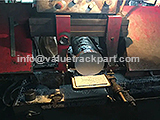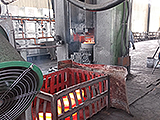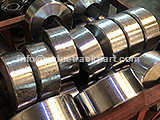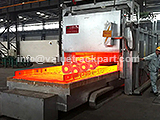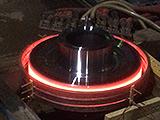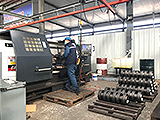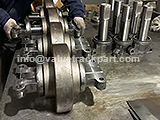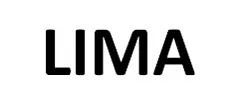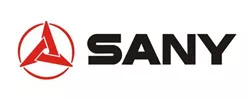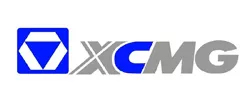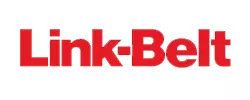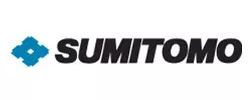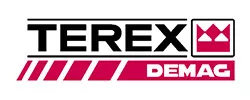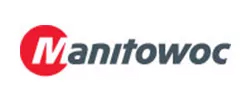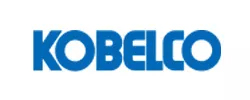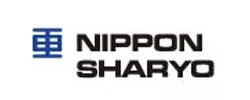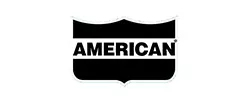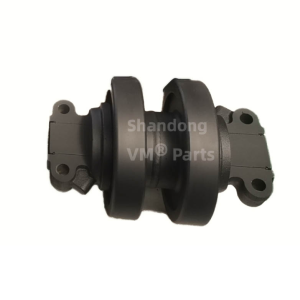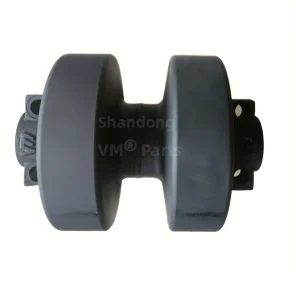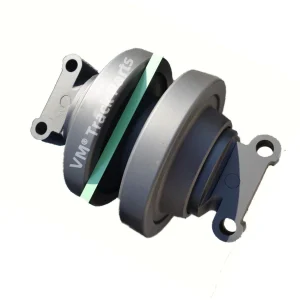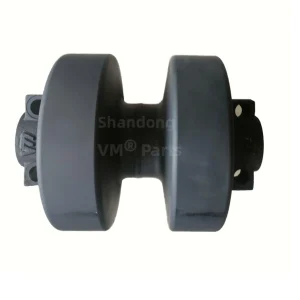

Increased Load Capacity: Handles higher loads due to dual-wheel support.
Reduced Wear: Even weight distribution minimizes wear on the track chain and other undercarriage components.
Smooth Operation: Ensures consistent performance on uneven or rough terrain.
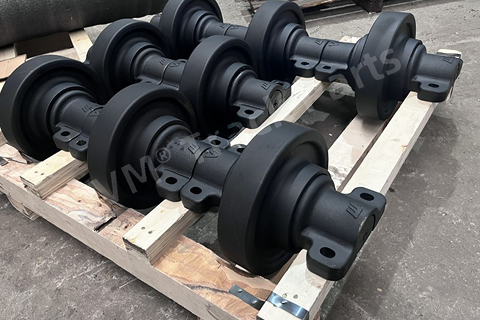
Cost-Effective: More affordable compared to double-wheel rollers.
Easy Maintenance: Simpler design makes inspection and replacement easier.
Versatility: Works well in environments where space or weight constraints are a concern.
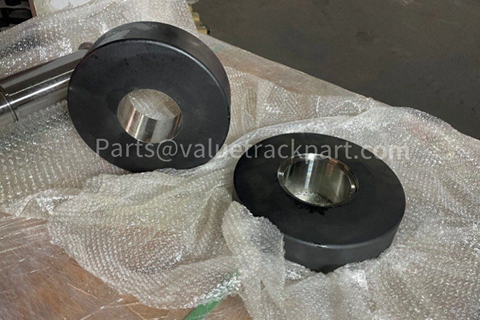
Convenient Installation: No need to disassemble the entire track chain, saving time and labor.
Reduced Downtime: Enables faster repairs, minimizing operational interruptions.
Durability: Made from high-strength materials to withstand heavy loads and harsh conditions.

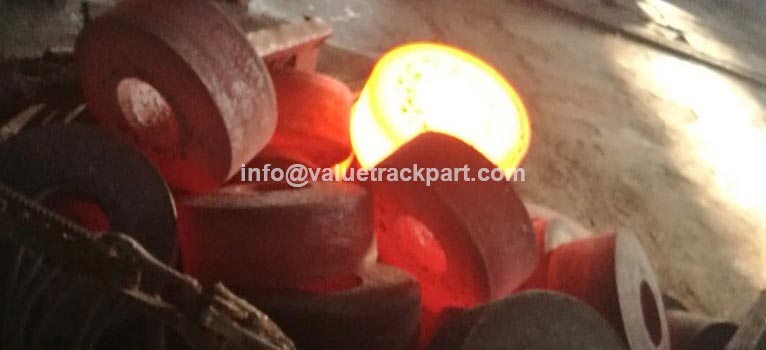
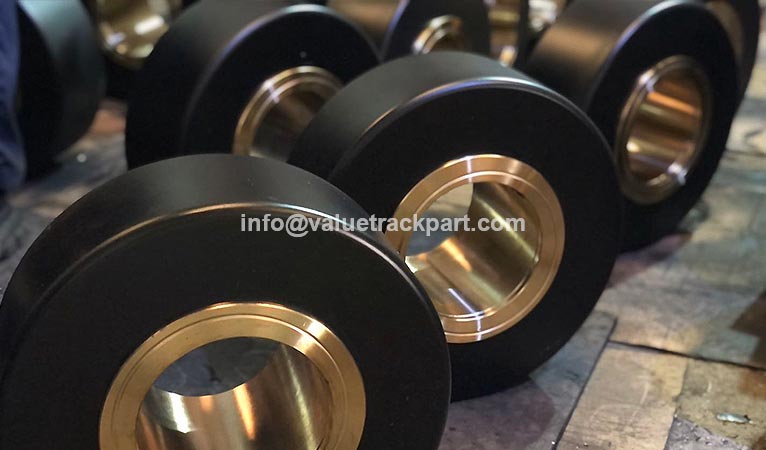
How About The Production Process Of Crane Bottom Roller?
Outcome: Materials that meet industry standards for hardness, toughness, and durability.
Forging: Heated metal is shaped under high pressure for enhanced strength. Outcome: Rough-shaped bottom roller components.
Outcome: Components with accurate dimensions and smooth surfaces.
Outcome: Improved mechanical properties and durability.
Hardness Testing: Test Bars
Chemical composition: Test Bars
Mechanical properties:Test Bars
Outcome: High-quality rollers that meet standard
Outcome: A wear-resistant surface that extends the roller’s lifespan.
Outcome: Enhanced durability and a professional appearance.
Outcome: Ready-to-ship bottom rollers that are protected during transit.





